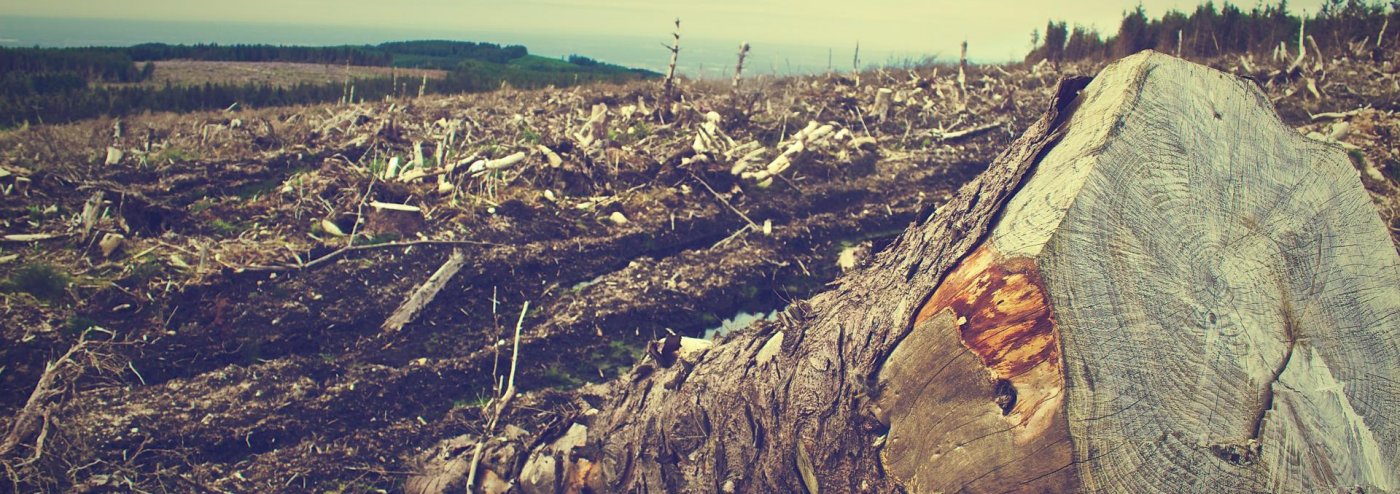
Land use change emissions lower than previously estimated
Abstract:
Land-use and land-cover changes (LULCCs) contributed around one third to the cumulative, anthropogenic CO 2 emissions from 1850 to 2019. Despite its great importance, estimates of the net CO 2 fluxes from LULCC (E LUC ) have high uncertainties, compared to other components of the global carbon cycle. One major source of uncertainty roots in the underlying LULCC forcing data. In this study, we implemented a new high-resolution LULCC dataset (HILDA + ) in a bookkeeping model (BLUE) and compared the results to estimates from simulations based on LUH2, which is the LULCC dataset most commonly used in global carbon cycle models. Compared to LUH2-based estimates, results based on HILDA + show lower total E LUC (global mean difference 1960–2019: 541 TgC yr ⁻¹ , 65%) and large spatial and temporal differences in component fluxes (e.g. CO 2 fluxes from deforestation). In general, the congruence of component fluxes is higher in the mid-latitudes compared to tropical and subtropical regions, which is to some degree explained with the different implementations of shifting cultivation in the underlying LULCC datasets. However, little agreement is reached on the trend of the last decade between E LUC estimates based on the two LULCC reconstructions. Globally and in many regions, E LUC estimates based on HILDA + have decreasing trends, whereas estimates based on LUH2 indicate an increase. Furthermore, we analyzed the effect of different resolutions on E LUC estimates. By comparing estimates from simulations at 0.01 ∘ and 0.25 ∘ resolution, we find that component fluxes of estimates based on the coarser resolution tend to be larger compared to estimates based on the finer resolution, both in terms of sources and sinks (global mean difference 1960–2019: 36 TgC yr ⁻¹ , 96%). The reason for these differences are successive transitions: these are not adequately represented at coarser resolution, which has the effect that—despite capturing the same extent of transition areas—overall less area remains pristine at the coarser resolution compared to the finer resolution.
Read the full paper: here